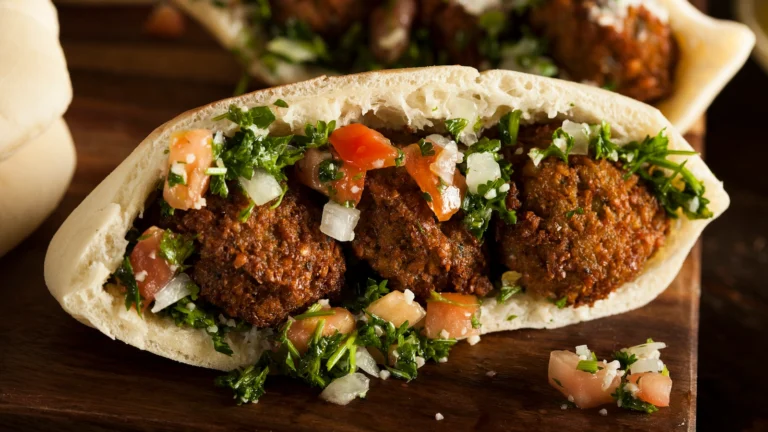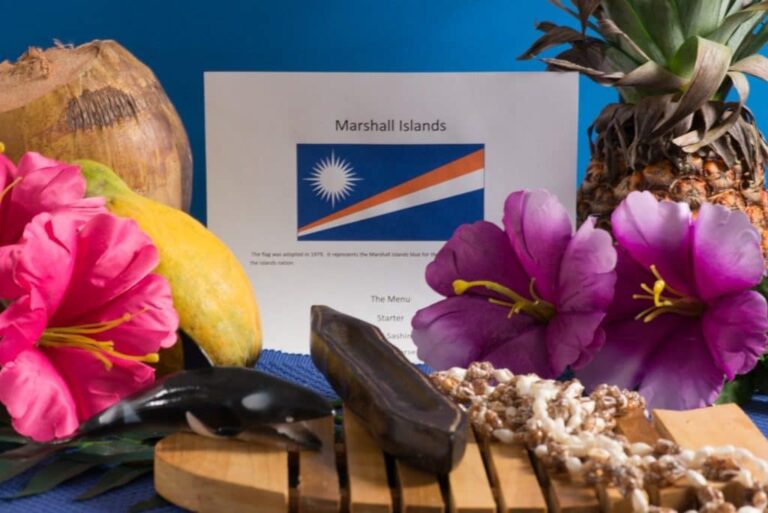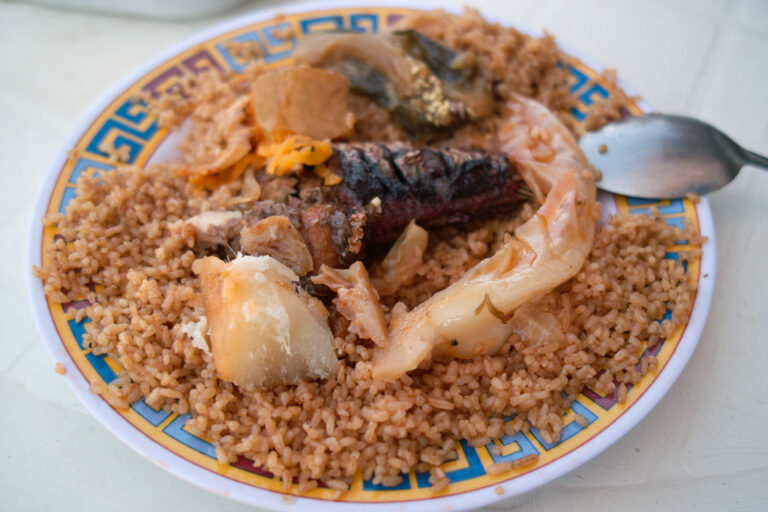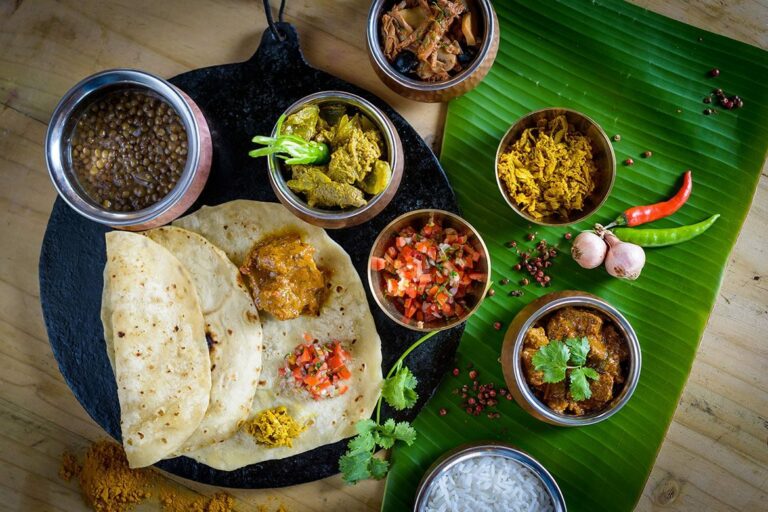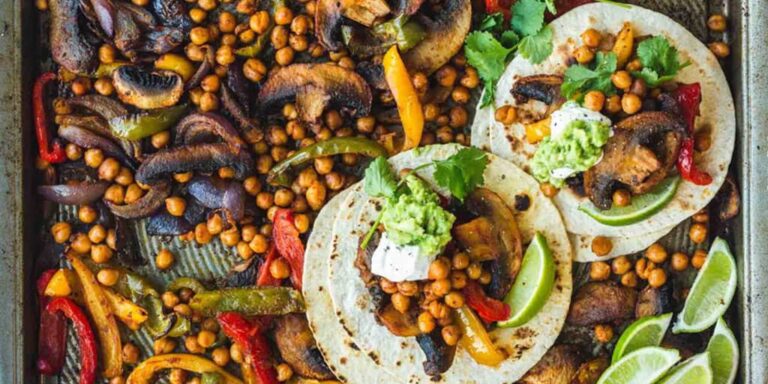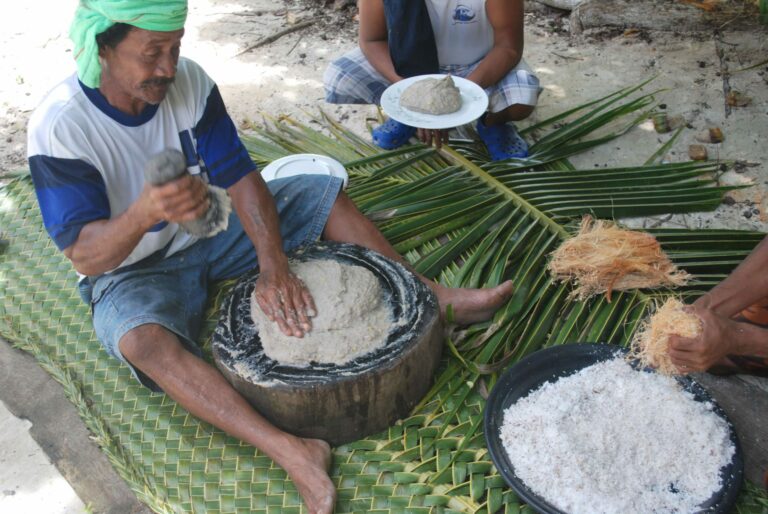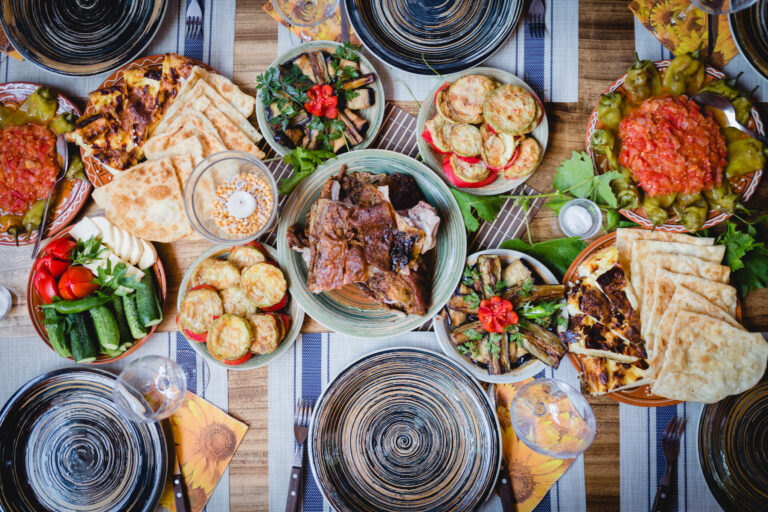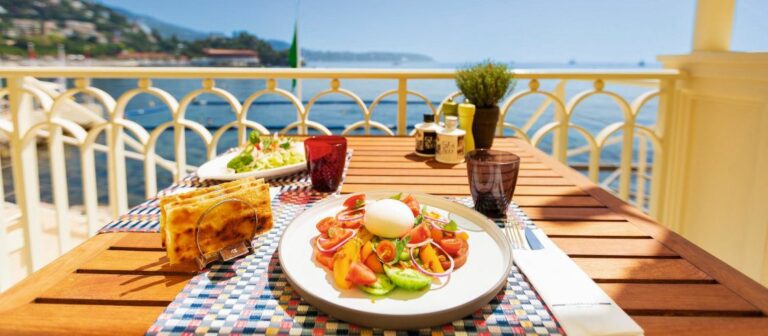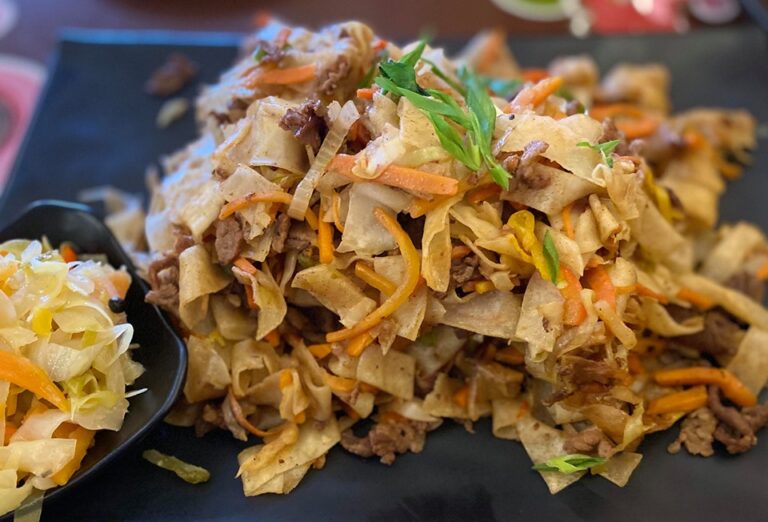Introduction: Guinea-Bissau cuisine
Guinea-Bissau cuisine is characterized by its use of fresh and locally sourced ingredients, including seafood, rice, cassava, yams, and peanuts. The country’s cuisine is also known for its diverse flavors and spices, which have been influenced by various cultures throughout history.
The history of Guinea-Bissau cuisine
Guinea-Bissau cuisine has a rich history, dating back to the pre-colonial era when local crops and spices were used in traditional dishes. During the 15th century, Portuguese explorers arrived in Guinea-Bissau and introduced new ingredients such as tomatoes, peppers, and onions. Over time, the cuisine of Guinea-Bissau has evolved to incorporate different cultural influences, resulting in a unique blend of flavors and ingredients.
Influences on Guinea-Bissau cuisine
The cuisine of Guinea-Bissau has been influenced by various cultures throughout history. Apart from the Portuguese, the country’s cuisine has been shaped by African, Brazilian, and European influences. The African influence is evident in the use of cassava, yams, and peanuts, which are staple crops in West Africa. The Brazilian influence can be seen in the use of palm oil, which was introduced by slaves from Brazil, while the European influence is reflected in the use of spices such as cinnamon, cloves, and nutmeg.
Portuguese influences on Guinea-Bissau cuisine
Portuguese influence is perhaps the most significant in the development of Guinea-Bissau cuisine. Apart from introducing new ingredients, the Portuguese also brought their cooking techniques to the country. One of the most famous dishes in Guinea-Bissau cuisine is Caldo de Peixe, a Portuguese-inspired fish soup that is made with fish, tomatoes, onions, and peppers. Additionally, the Portuguese introduced wine and liqueurs to Guinea-Bissau, which are now popular drinks in the country.
Other cultural influences on Guinea-Bissau cuisine
Apart from the Portuguese, other cultures have also influenced Guinea-Bissau cuisine. For example, the Fula people, who are a nomadic ethnic group that live in West Africa, have influenced the cuisine with their use of dairy products such as milk, cheese, and yogurt. The Mandinka people, another ethnic group in West Africa, have influenced the cuisine with their use of spices such as ginger, turmeric, and cumin.
Conclusion: The diverse flavors of Guinea-Bissau cuisine
In conclusion, Guinea-Bissau cuisine is a unique blend of different cultural influences, resulting in a diverse and flavorful cuisine. From Portuguese-inspired fish soup to West African staple crops and spices, Guinea-Bissau cuisine reflects the country’s rich history and cultural diversity. Today, Guinea-Bissau cuisine continues to evolve, incorporating new ingredients and techniques while staying true to its roots.


